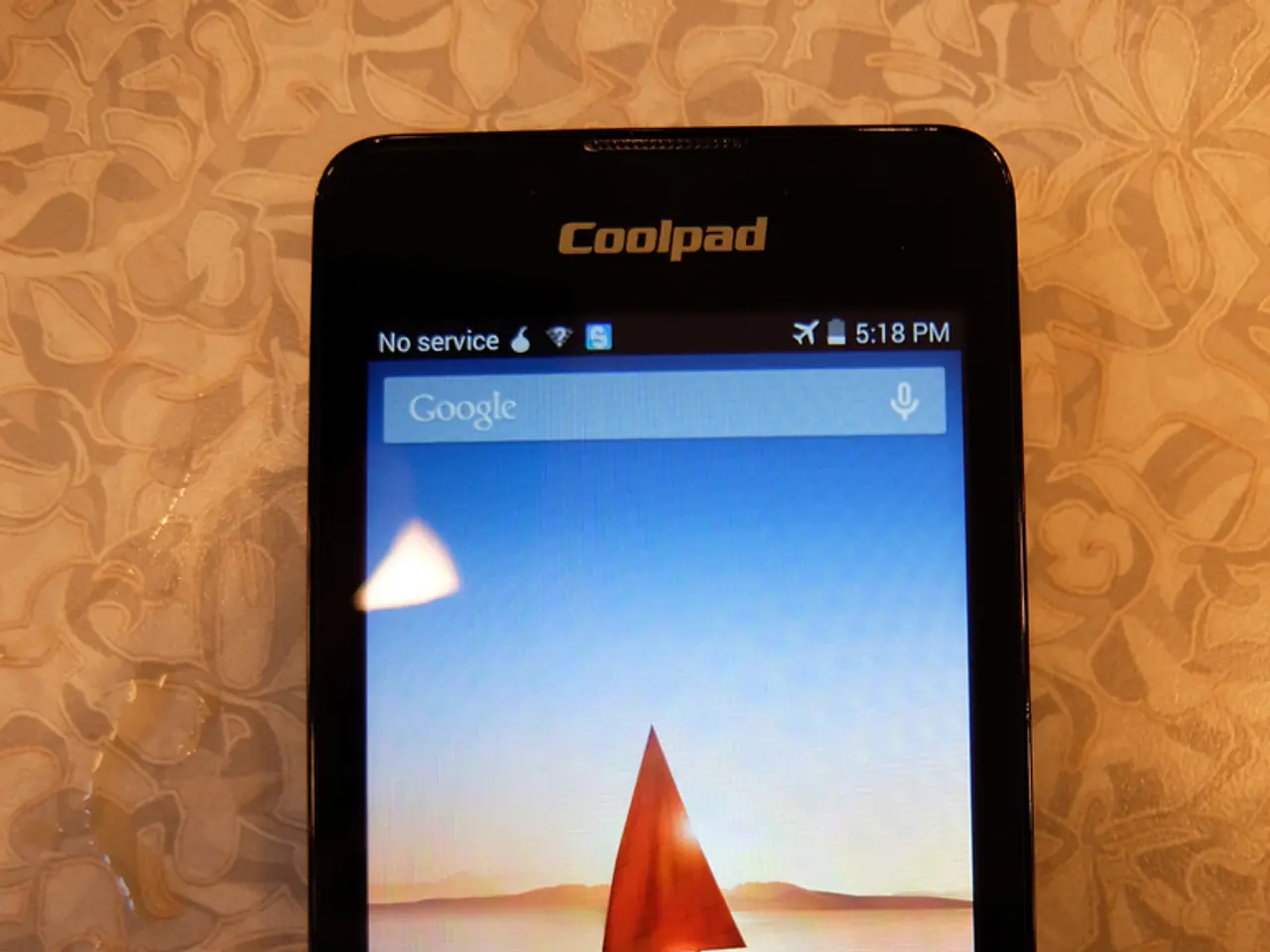Comparison between iPhone and Garmin inReach: Two Popular Devices in the Market
In the realm of outdoor adventure, staying connected and safe is paramount. Two popular devices have emerged as contenders for reliable communication in remote areas: the Garmin inReach and Apple's satellite messaging feature.
The Garmin inReach, designed specifically for outdoor use, boasts a rugged and compact build that withstands rough conditions and weather exposure [1]. Its long battery life, optimised for extended use in the backcountry, can last days under normal use, with battery degradation occurring over years but remaining effective [1][3]. The device uses the Iridium satellite network, providing nearly global coverage, even in remote areas without cell service [1][4].
The Garmin inReach also offers a dedicated SOS button, enabling quick, verified distress alerts that are routed to professional emergency response centres. This feature supports two-way messaging and navigation during emergencies [1][3][4]. In addition, Garmin inReach SOS messages are routed to GEOS, a specialized 24/7 international emergency coordination centre experienced in backcountry rescue operations [1].
On the other hand, Apple's satellite messaging is integrated into the Emergency SOS via satellite service. While it offers emergency communication benefits, it is less rugged than the Garmin inReach, with a consumer smartphone design that is more vulnerable to damage and extreme conditions [1]. The battery longevity is shorter, with heavy satellite messaging use draining a smartphone battery faster [1]. Apple's coverage is improving but still has limitations, particularly in scenarios where a clear view of the sky is not available [1].
Apple's SOS system allows direct dialing of 911 if there is any cell signal, even from another carrier, and it walks users through a questionnaire about their situation, injuries, number of people, terrain, and GPS location [1]. However, the system drains battery faster than normal use due to constant satellite searching [1].
Between the two, the Garmin inReach Mini 2 remains the go-to choice for serious backcountry users due to its dedicated rugged build, longer battery life, proven Iridium satellite coverage, and specialized SOS emergency services that provide reliable communication where cellular networks fail [1][3][4]. While the iPhone's satellite messaging is an impressive recent development and offers emergency communication benefits integrated into a familiar device, it is generally less rugged, has shorter battery life, and the emergency response system is less mature and specialized for backcountry rescue compared to Garmin's established ecosystem [1].
For casual or occasional users who want emergency messaging integrated into a multi-purpose device, the iPhone's satellite messaging offers a convenient alternative but with some reliability trade-offs. For those prioritizing trustworthy emergency signaling and long-term durability in harsh outdoor conditions, Garmin inReach holds the advantage.
Other options include personal locator beacons (PLBs), which are lower-cost, offer rugged simplicity, and have helped save thousands of lives. Pairing a PLB with an iPhone provides a lower-cost, lightweight redundancy. However, coverage for Starlink's service can be spotty, and message delivery is inconsistent [1].
Garmin inReach also offers automatic breadcrumb-style tracking that updates position at set intervals, while Apple's location sharing via satellite can be manually triggered but does not offer automatic tracking or alerts [1].
It's worth noting that the Apple Watch has fall detection, and if something catastrophic happens, it may trigger an SOS. Additionally, some iPhones now support Starlink's "Direct to Cell" service for sending standard SMS messages when out of cell range [1].
Ultimately, the choice between the Garmin inReach and Apple's satellite messaging depends on the user's specific needs and priorities. For serious backcountry adventurers, the Garmin inReach is the more reliable option. For casual users or those who prefer a multi-purpose device, the iPhone's satellite messaging offers a convenient alternative with some reliability trade-offs.
- The Garmin inReach, with its rugged and compact build, is ideally suited for hiking trails in the outdoors, particularly in forested areas where cell service may be unreliable.
- Navigation in remote regions is made easier with the Garmin inReach, as it uses the Iridium satellite network for nearly global coverage, making it an essential gadget for outdoors enthusiasts.
- Smartphones can now communicate via satellite through Apple's Emergency SOS via satellite service, providing sports enthusiasts with emergency messaging capabilities, although this option is less rugged and has shorter battery life compared to the Garmin inReach.
- Technology has improved the safety of outdoor sports, with devices like the Garmin inReach offering an SOS button for quick distress alerts and integration with specialist emergency response centres and international rescue coordination services.
- For those who engage in sports activities in the outdoors, having the right gear such as the Garmin inReach mini 2, which offers reliable communication and automatic tracking, can make a significant difference in emergency situations.




